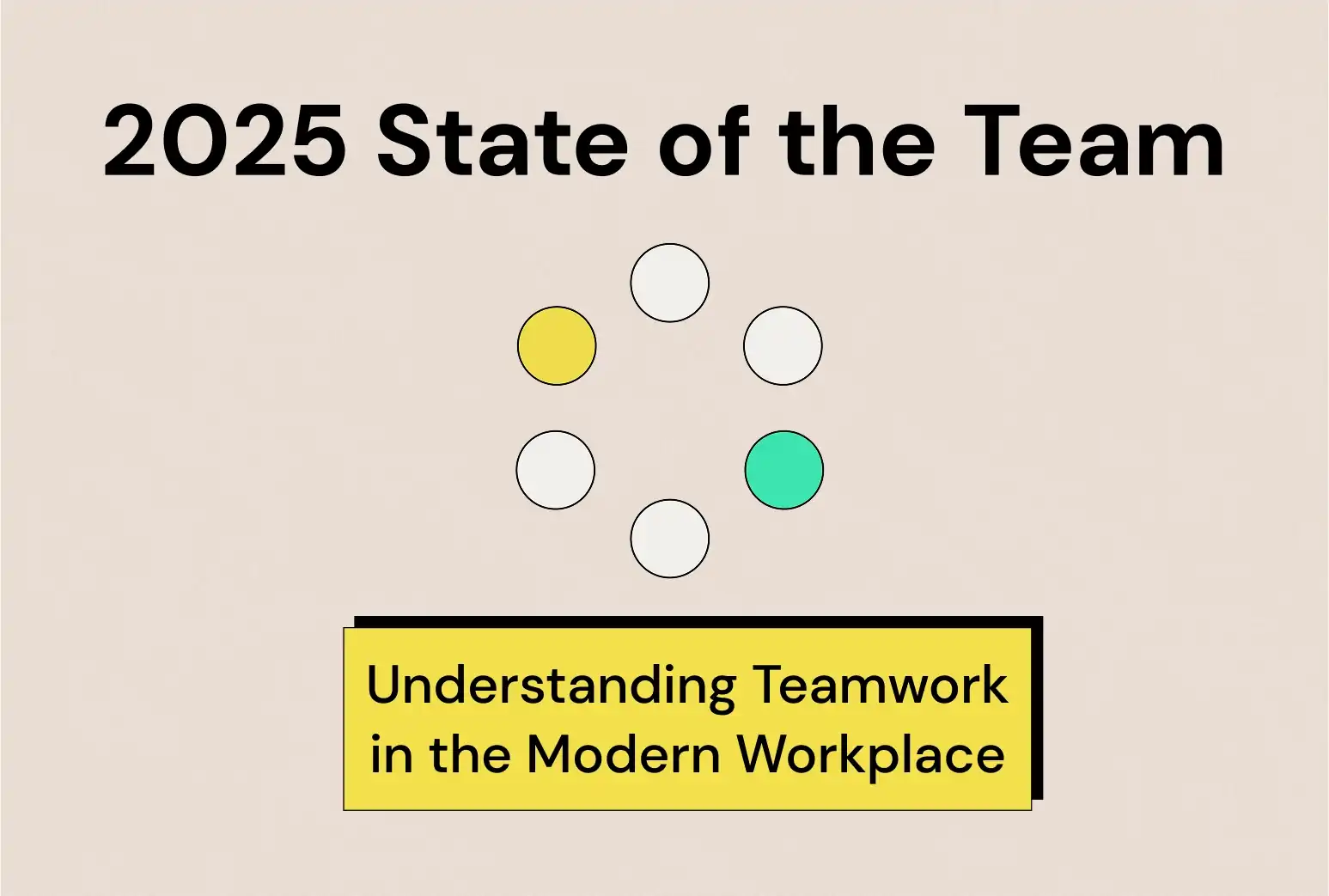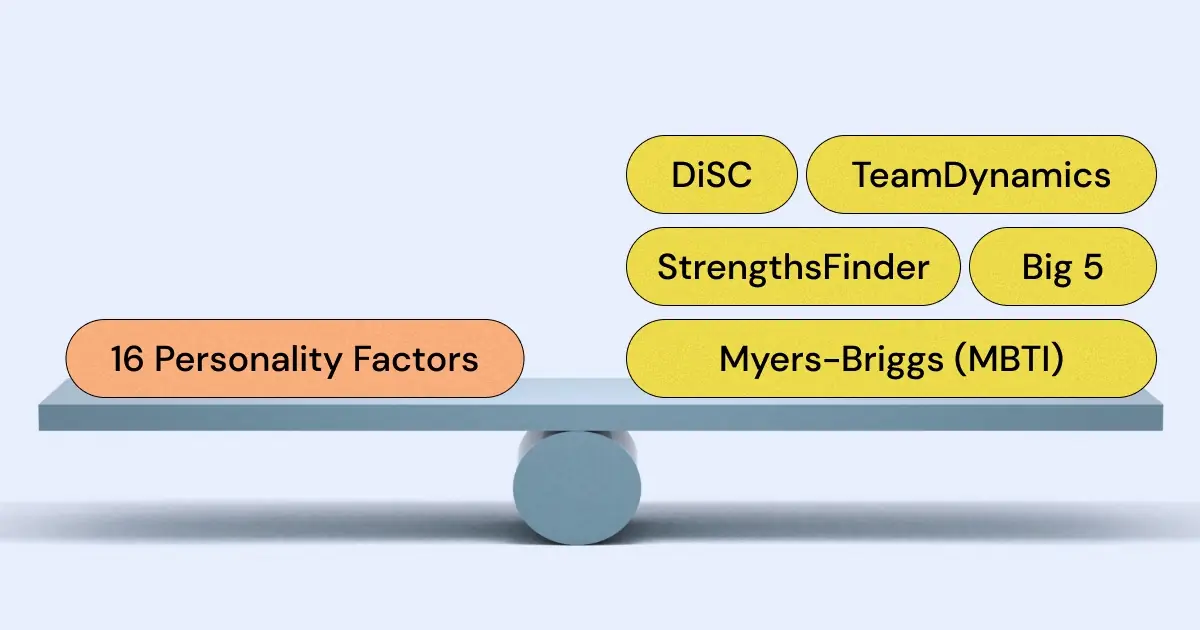??What are the two communication archetypes mentioned for teams in the blog post???
Ordered and Informal are the two communication archetypes described. Ordered teams prefer structured communication with well-defined processes and documentation, while Informal teams thrive on flexibility and casual interactions.
??What common problems arise with unclear team communication expectations???
When team members are unclear about whether their team is Ordered or Informal, it can lead to mismatched expectations and communication breakdowns. This can result in ineffective handling of information, and possibly, important updates being missed or disregarded.
??How can teams address unclear communication expectations???
Teams can address this by explicitly defining their communication archetype. For Ordered teams, this might involve creating a detailed document outlining communication norms. For Informal teams, discussions to ensure everyone understands and agrees on the informal norms could be beneficial.
??What are the challenges faced by Ordered teams, as per the blog post???
Ordered teams may face challenges such as being overly reliant on structured communication, which can slow down processes. There's often a focus on creating exhaustive documentation and organizing numerous meetings which might not always enhance efficiency.
??What solutions are suggested for Ordered teams who feel restricted by too much structure???
It's recommended that Ordered teams introduce some flexibility into their structure. This could include setting expectations for spontaneous discussions when necessary, or specifying conditions under which more informal communication methods could be preferable.
??What specific difficulties do Informal teams encounter???
Informal teams might struggle with unclear ownership and responsibilities, loss of crucial information due to lack of documentation, and difficulties in communication, especially with new members or external parties.
??How can Informal teams improve their communication issues???
Informal teams are encouraged to selectively add structure to their communication process, particularly for crucial decisions and projects. Assigning clear responsibilities for managing communication can help ensure that important updates and decisions are consistently shared and documented.
??What issues arise from mixed individual communication preferences within a team???
Conflicts can occur when team norms are not clear, and individuals have strong, differing communication preferences. This might lead to a chaotic and overwhelming communication environment where the approaches clash, reducing overall effectiveness.
??How can teams handle mixed individual communication preferences effectively???
Establishing clear communication expectations at the team level can help align individual preferences and reduce conflicts. Additionally, personal preferences for communication should also be respected and accommodated within the agreed-upon team norms to ease interactions.




.png)










































